Optimal Timing for Foundation Repairs
Determining the optimal time for foundation repairs depends on various factors, including weather conditions, soil stability, and structural assessment results. Typically, dry and moderate weather conditions are ideal for performing repairs, as excessive moisture or freezing temperatures can hinder the effectiveness of certain repair methods.
Spring offers moderate temperatures and manageable moisture levels, making it suitable for foundation work. However, spring rains can sometimes delay projects.
Summer provides longer daylight hours and stable weather, ideal for extensive foundation repairs. High temperatures may require extra precautions.
Fall's cooler temperatures and dry conditions can be advantageous. Early fall is preferred before winter approaches.
Winter is generally less suitable due to freezing temperatures and frozen ground, which can complicate excavation and curing processes.
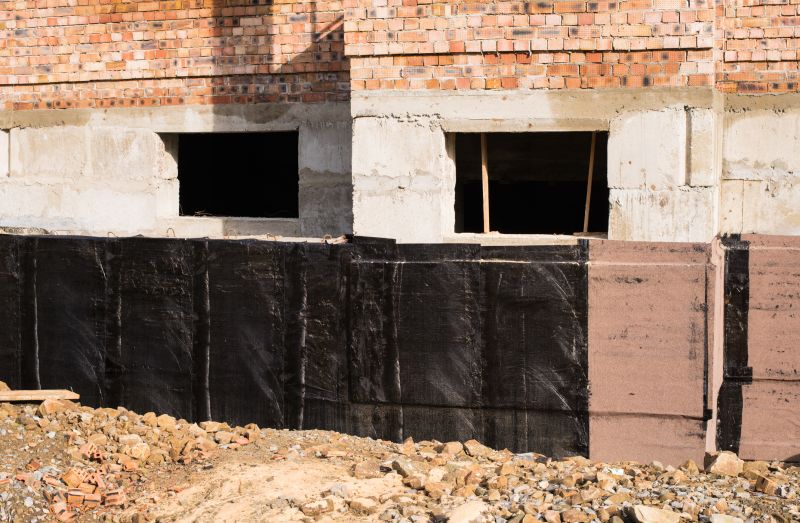
Spring's mild weather helps ensure proper curing and adhesion of repair materials.
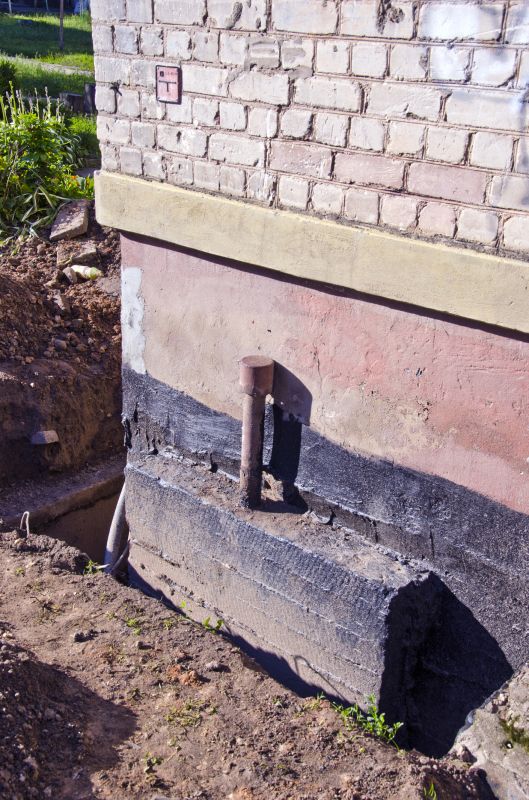
Summer's warm weather accelerates curing times and allows for longer work hours.

Fall offers stable, dry conditions ideal for foundation stabilization and repair work.
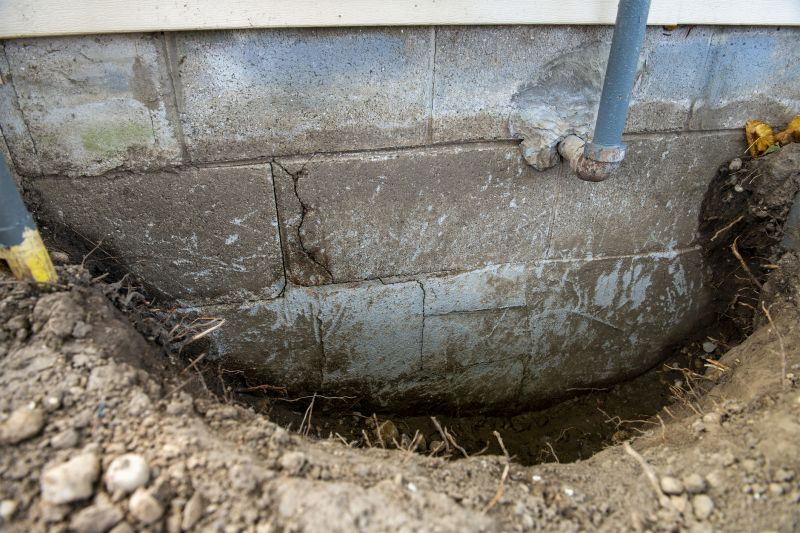
Winter repairs are less common due to cold, frozen ground, but can be performed with specialized techniques.
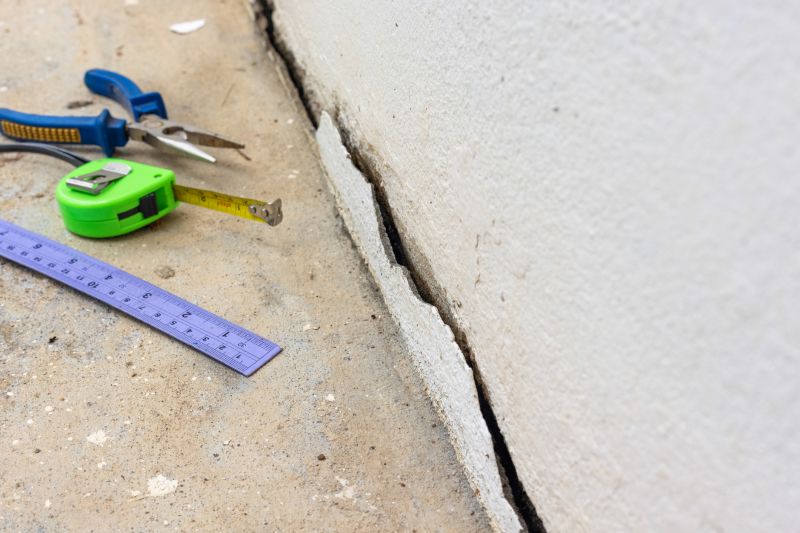
Ways to make Foundation Repairs work in tight or awkward layouts.
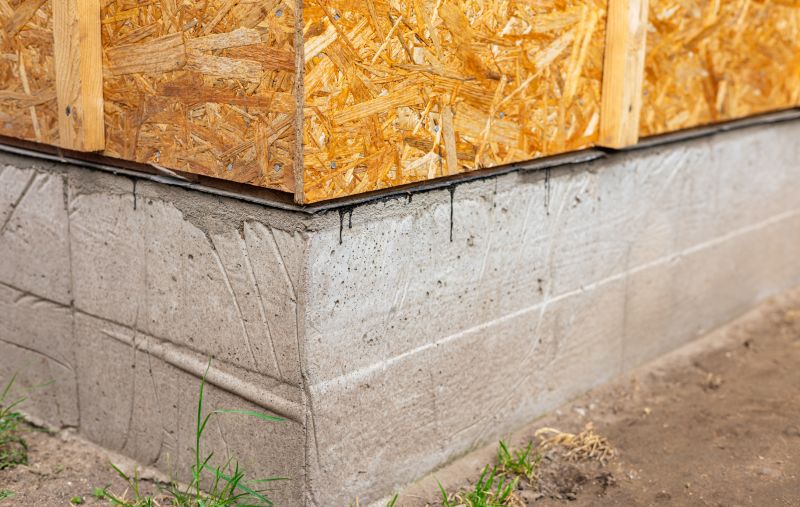
Popular materials for Foundation Repairs and why they hold up over time.
| Season | Suitability |
|---|---|
| Spring | Moderate weather, manageable moisture, ideal for most repairs |
| Summer | Stable weather, longer work hours, suitable for extensive repairs |
| Fall | Dry, cool conditions, good before winter |
| Winter | Challenging due to freezing temperatures and frozen ground |
Foundation repairs are essential for maintaining structural integrity and preventing further damage. Common issues include cracks, shifting, and settling caused by soil movement, moisture fluctuations, and age. Addressing these problems promptly can help avoid costly repairs and ensure safety. Repair methods vary from underpinning and piering to slab jacking, depending on the severity and type of foundation issue.
Statistics indicate that foundation problems affect a significant portion of homes in Illinois, with some studies estimating that nearly 30 percent of residential structures experience some form of foundation distress. Proper timing and professional assessment are crucial for effective repairs and long-term stability.

A typical repair involves assessment, excavation, stabilization, and curing.
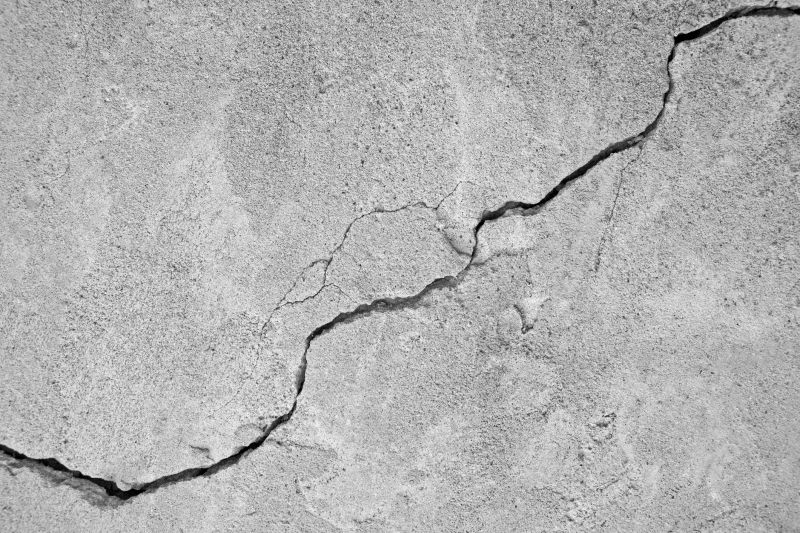
Methods include epoxy injections and filling to restore stability.
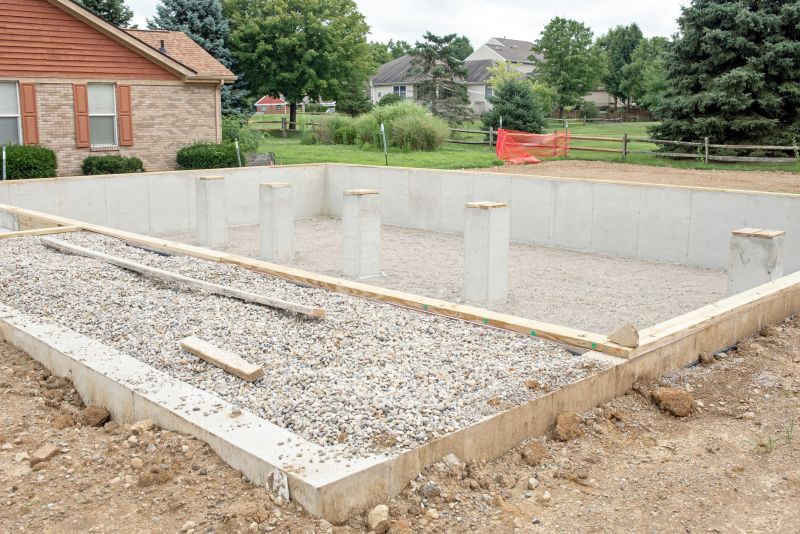
Underpinning involves strengthening the foundation from below.
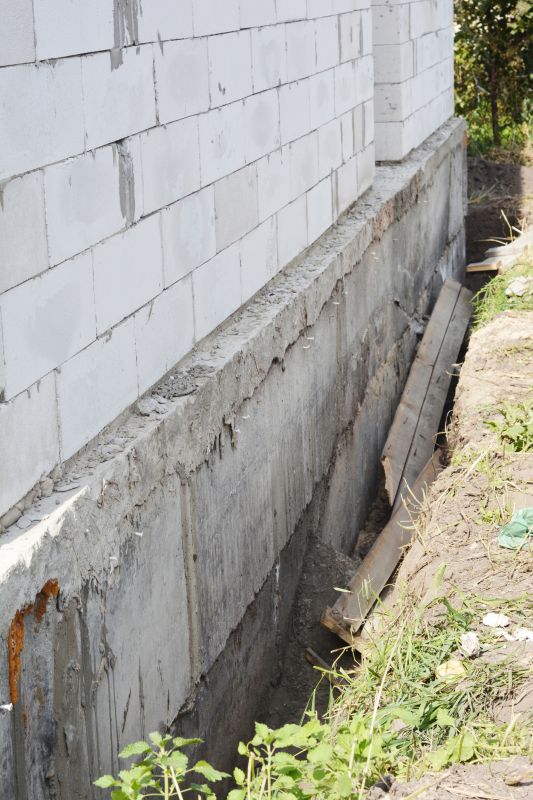
Stabilizing soil prevents future shifting and settling.
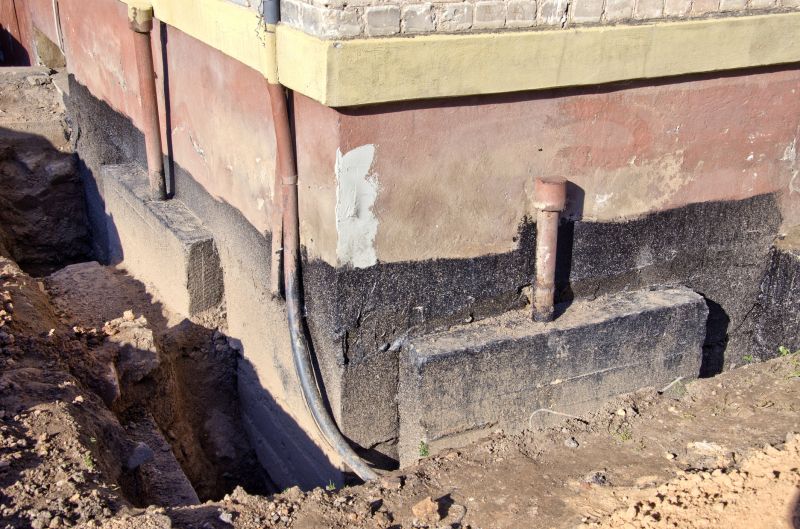
Simple add-ons that improve Foundation Repairs without blowing the budget.
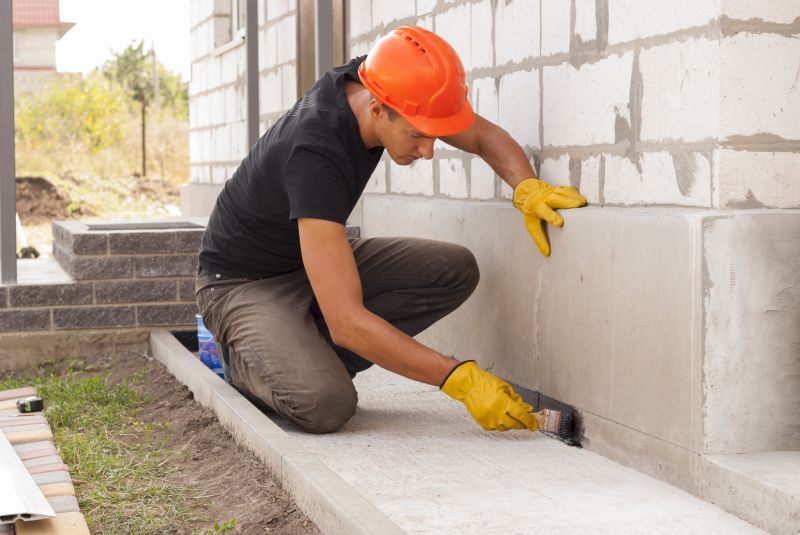
High-end options that actually feel worth it for Foundation Repairs.
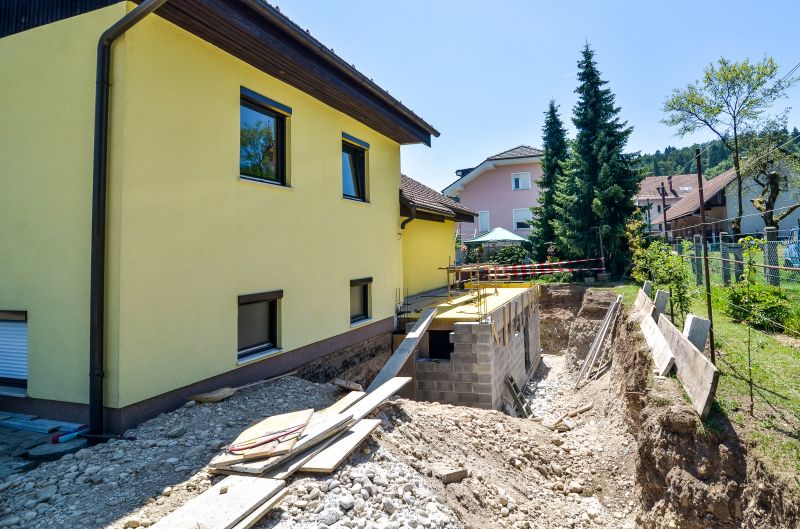
Finishes and colors that play nicely with Foundation Repairs.

Little measurements that prevent headaches on Foundation Repairs day.
Interested in foundation repairs? Filling out the contact form provides an opportunity to schedule an assessment and discuss suitable repair options based on specific needs and conditions.

